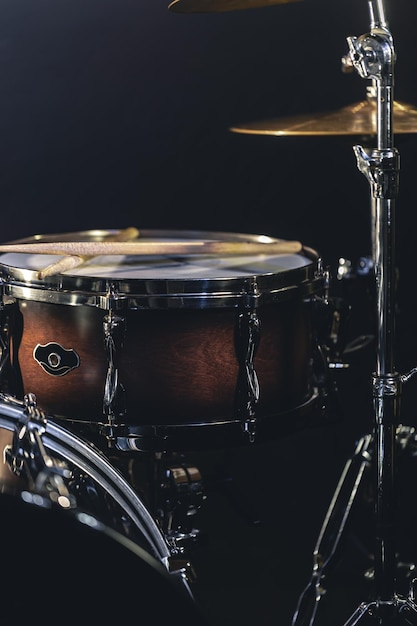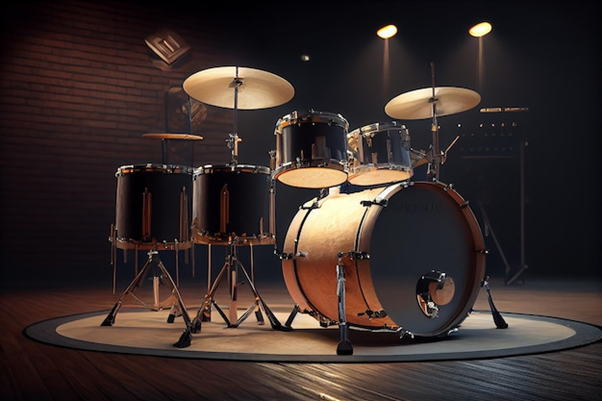The dark art of drum tuning
Drum tuning is a complex and often misunderstood skill. It is often said that drum tuning is a "dark art" because it can be difficult to get right, and there is no one right way to do it. However, with a little practice and patience, anyone can learn to tune their drums like a pro.
Here are some of the basics of drum tuning:
• The drum head is the most important factor in determining the sound of a drum. The head is what vibrates when you hit the drum, and it is responsible for the pitch and tone of the sound.
• There are two types of drum heads: batter heads and resonant heads. Batter heads are the heads that you hit with your sticks or beater. Resonant heads are the heads that are on the opposite side of the drum from the batter head.
• The batter head is typically tuned tighter than the resonant head. This is because the batter head needs to be able to withstand the force of the sticks without breaking.
• The tension of the drum head affects the pitch of the sound. The tighter the head, the higher the pitch.
• The tuning of the two heads affects the overall sound of the drum. The batter head and resonant head should be tuned in a way that complements each other.

Tips for tuning your drums:
• Start with a fresh set of drum heads. Old drum heads will not sound as good as new ones.
• Tune the drums in a quiet room. This will help you to hear the subtle changes in pitch.
• Use a drum key to tune the heads. A drum key is a tool that makes it easy to tighten and loosen the lugs on a drum head.
• Start by tuning the batter head to a comfortable pitch. You can use a tuner to help you get the right pitch.
• Once the batter head is tuned, tune the resonant head to a slightly lower pitch. This will create a more balanced sound.
• Experiment with different tunings until you find a sound that you like. There is no right or wrong way to tune drums, so have fun with it!
Drum tuning can be a challenging task, but it is also a rewarding one. With a little practice, you can learn to tune your drums like a pro and create the perfect sound for your music.

Additional tips for tuning your drums:
• Pay attention to the environment. The temperature and humidity can affect the tuning of your drums. If you're tuning your drums in a cold or humid environment, you may need to tighten the heads a little bit more.
• Use a drum dial. A drum dial is a tool that can help you to get the exact pitch that you want.
• People often find it useful to use two drum keys whilst tuning. It is beneficial to tune opposites tension rods at the same time so each turn is equal. Small increments work best and allow you to be extremely precise!
• Tune your drums regularly. The heads will stretch over time, and you'll need to tune them up to maintain the desired pitch.
• Have fun! Drum tuning can be a frustrating experience at times, but it's also a lot of fun. Experiment with different tunings until you find a sound that you like.
 Browse our full online drum store here >
Browse our full online drum store here >